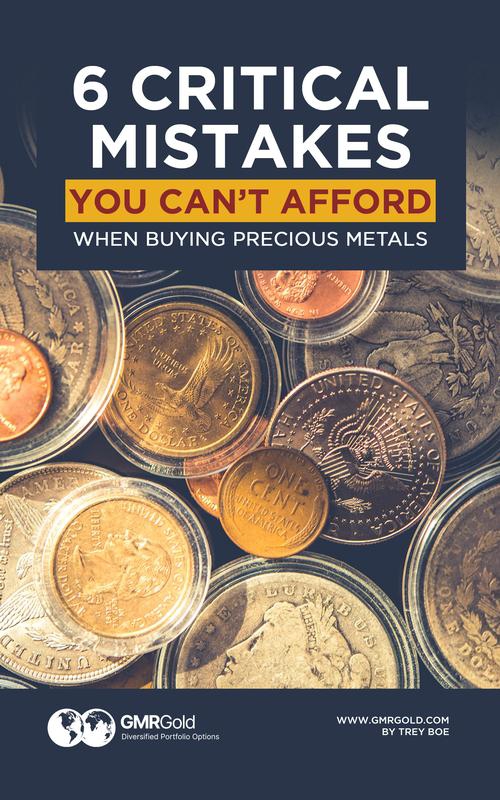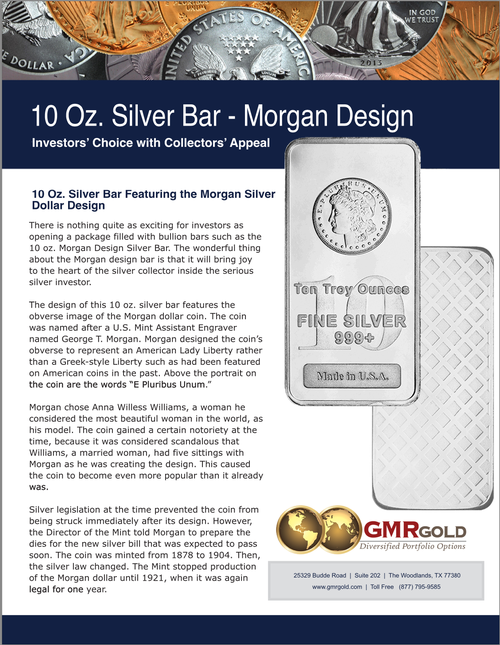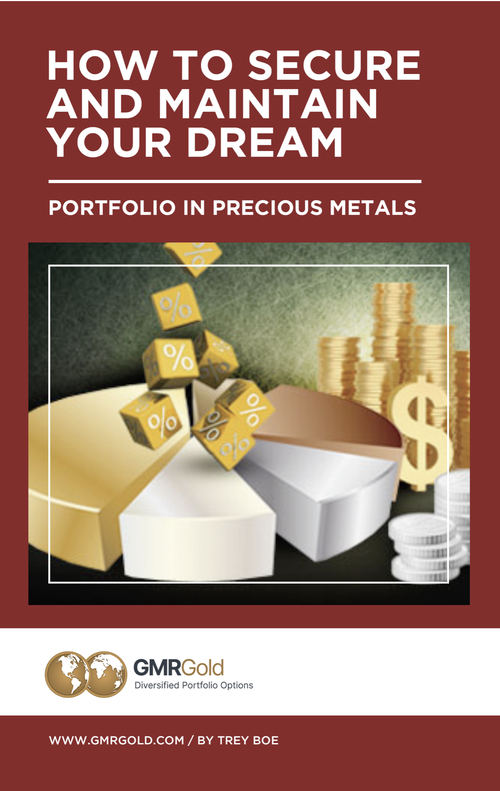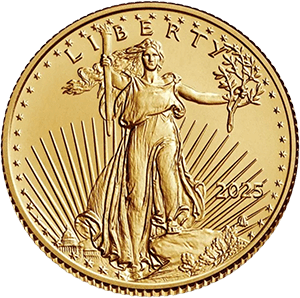
Introduction: The Crime That Nearly Derailed the Mint
In the summer of 1795, with the American Republic still in its infancy, a shocking event rippled through Philadelphia’s financial heart: a theft at the United States Mint. The culprit wasn’t a street criminal or foreign agent—it was someone from within. An insider. A trusted employee.
The event would shake the foundations of the fledgling U.S. Mint and introduce a new era of coinage security. Though overshadowed by grander stories in American history, the 1795 silver heist remains one of the most formative—and mysterious—events in the evolution of U.S. numismatics.
Setting the Stage: A Young Nation and Its Mint
In 1792, the Coinage Act established the U.S. Mint as the first federal building erected under the Constitution. Nestled on 7th Street in Philadelphia, the Mint was tasked with creating coinage for a new economy. But unlike the imposing, vault-laden facilities of today, this early Mint was a modest structure—more workshop than fortress.
It operated with minimal oversight. The few men trusted to run the Mint, including Henry Voigt (Chief Coiner) and David Rittenhouse (Director), were often given broad authority over assets, operations, and processes. By 1795, the Mint had struck coins like the Flowing Hair Dollar and the Liberty Cap Half Cent—historic, yes, but forged in fragile infrastructure.
The Heist: A Silent Inside Job
On a humid morning in June 1795, the Mint’s staff discovered that a substantial quantity of silver bullion was missing—several hundred dollars’ worth, equivalent to thousands today. There was no broken lock, no shattered window. The theft had occurred from within.
Suspicion quickly fell on Voigt and his staff. Internal investigations uncovered weak bookkeeping, inconsistent records, and allegations of missing coins and precious metals. Voigt, under pressure, claimed innocence and pointed to systemic flaws in storage and tracking.
Although never officially charged, Voigt’s reputation suffered. So did the Mint’s.
Why It Mattered: A Crisis of Confidence
In 1795, coins weren’t just currency—they were a statement of sovereignty. Each dollar and cent proved that the U.S. government could manage its own money supply and mint it with integrity.
The theft called that into question.
In response, Congress began pushing for tighter oversight, more secure vaulting, and stricter internal controls. It also accelerated efforts to design more easily traceable coinage—a quiet precursor to what would become mint marks, die tracking, and coin census records centuries later.
Legacy: Lessons in Trust and Tangibility
Today, we take for granted that coins are safe, regulated, and traceable. But that security was forged in moments like the 1795 heist. It taught the young Mint—and the nation—that hard money only works when backed by transparency and trust.
It’s a lesson every modern collector and investor should remember: the story of a coin begins not with its purchase—but with its protection.













